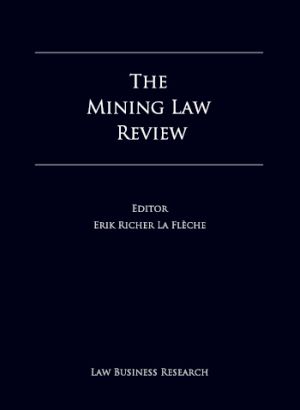
The first part of the book is divided into 35 country chapters, each dealing with mining in a particular jurisdiction. Countries were selected because of the importance of mining to their economies and to ensure broad geographical representation. Mining is global but the business of financing mining exploration, development and – to a lesser extent – production continues to be concentrated in a few countries, with Canada and the United Kingdom being dominant. As a result, the second part of this book includes chapters focused on financing.
Last year was marked by two trends. Firstly, uncertainty continues to weigh down the mining sector. Secondly, in Canada and a few other jurisdictions, extractive industries are being asked to share in a meaningful way the fruits of their activities with local communities and indigenous peoples.
The world economy continues to progress at a very deliberate pace, there is no consensus as to where things are going and this is inhibiting transaction activity in the mining space. Until there is clarity as to the US and Chinese economies, this state of affairs is unlikely to change.
The other trend deals with “place-based” resource development. In Canada and a few other jurisdictions mining companies, communities and indigenous peoples are adopting local approaches to resource development. in all cases local communities and indigenous peoples are no longer content merely to accommodate projects in exchange for limited social and infrastructure benefits. They want meaningful participation, greater benefits.